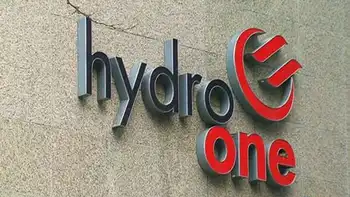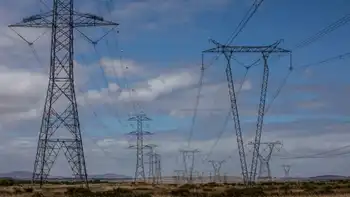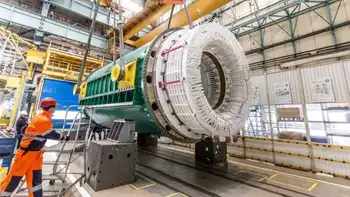EC announces interconnection projects
By Industrial Info Resources
High Voltage Maintenance Training Online
Our customized live online or in‑person group training can be delivered to your staff at your location.

- Live Online
- 12 hours Instructor-led
- Group Training Available
The Commission said it is determined to invest in projects that add to Europe's energy security to avoid the energy crisis of early 2009, when a gas dispute broke out between Russia and the Ukraine and affected large parts of Europe. The EC claimed the financial package is the most important it has made so far in the energy sector.
"Never before has the Commission agreed such an important amount for energy projects," explained Günther Oettinger, European commissioner responsible for energy. "We have selected key projects, which will help create a more integrated energy network in Europe, ensuring flexible energy flows across member states' borders. Europe's energy and climate objectives require large and risky infrastructure investments with long payback times. The problem is that, in today's economic climate, such projects risk to be delayed. This is a moment where Europe can play an important role in keeping these projects on track."
José Manuel Barroso, president of the European Commission, added: "Under the EU's Recovery Plan, we finance 'smart investment' — a short-term stimulus targeted on long-term goals. Investing in key infrastructure will not only give a push to the economy and employment, but it will also help ensure that citizens' homes will have heating and electricity, even in the event of supply disruptions. We have learnt the lessons of the recent gas crisis, which is one of the reasons why we decided to allocate major financial assistance to new energy-infrastructure projects."
The Ireland-UK east-west interconnector project was one of the lucky bidders, receiving 110 million euros toward the cost of building the 600 million euro link that will run from County Meath in Ireland to Deeside in Wales. The transmission cable, which will be capable of handling up to 500 megawatts of electricity, enough for about 350,000 homes, will consist of 70 kilometres of underground cables and 186 kilometres of undersea cables. The cable is designed to make it easier to transport electricity from renewable energy projects. A contract for the design and supply of the high-voltage direct-current (HVDC) light technology was awarded to ABB Limited last year.
The east-west interconnector project is being overseen by Irish state-controlled grid operator EirGrid, which received a loan of 300 million euros (US $409.7 million) from the European Investment Bank last September for the project, which is scheduled for completion in 2012.
Other interconnector awards included 225 million euros (US $307.3 million) for a link between the French and Spanish grids and 131 million euros (US $178.9 million) to link Sweden and the Baltic States.











